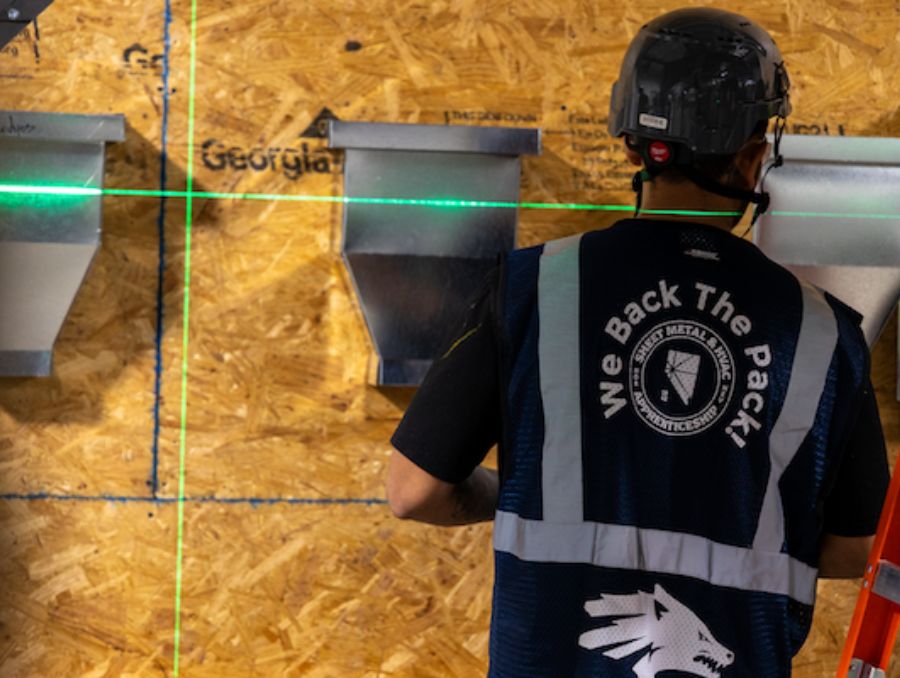Students and faculty at the University of Nevada, Reno will soon be exploring new robotic innovations and accessing state-of-the-art laboratory automation systems in a collaboration with the Hamilton Company, a Reno-based international robotic manufacturing company.
The University's College of Agriculture, Biotechnology and Natural Resources is providing laboratory space in the Howard Medical Sciences building for several automated liquid handling stations, where Hamilton aims to develop new cell-based, protein-based and nucleic acid-based applications for their workstations. Students and faculty will be trained to use the high-throughput, accurate and complex instruments, which use precision robotic arms to automate a wide range of laboratory tasks.
"This project has the potential to increase the research productivity at the University and could lead to new research opportunities," David Shintani, biochemistry professor and associate dean of the college, said. "It will also provide an unprecedented training opportunity for our students, which will give them a competitive edge when they enter the job market."
Hamilton, a worldwide leader in manufacturing robotic systems used in the pharmaceutical and biotech industries for high-production drug development, will train faculty researchers, post-doctoral students, and undergraduate and graduate students in the operation and programming of the robotic workstations.
The workstations in the Hamilton Center for Laboratory Automation will perform tasks in minutes that would take technicians hours or even days to complete, without the risk of human error associated with repetitive and tedious motions. The instruments are most commonly used for the isolation, extraction, normalization, amplification, purification, cloning and analysis of nucleic acids (DNA or RNA) for all types of biological materials, including blood, bacteria cultures, cells, tissue and plants.
"Hamilton is thrilled to take part in educating the young scientists and clinicians of the future, especially within our own backyard," Jose Carle, vice-president at Hamilton Robotics, a division of the Hamilton Company, said. "Not only does this opportunity provide a unique learning experience for the students, it also gives Hamilton new insights into the needs and expectations of potential future customers. In addition, it provides a broader employment pool when we look for talented researchers and technicians to be a part of our company."
The liquid handling stations will be installed in the biochemistry section of the Howard Medical Sciences Building and has been integrated into the undergraduate curriculum.
"These kinds of relationships with industry have been successful in the past," Ron Pardini, dean of College of Agriculture, Biotechnology and Natural Resources, said. "The hands-on equipment experience will be beneficial to students. By forging a close partnership with Hamilton, our biochemistry department and the college are at an advantage educationally, and it can help Hamilton build a workforce. We already have two students who have earned doctorates and gone on to work there."
The memorandum of understanding between Hamilton and the University is a good example of one aspect of economic development needed to help build a diverse Nevada economy.
"It's wonderful to be building collaboration in this arena," said Marc Johnson, president of the University. "This research and development collaboration is another great example of how the University works with industry to build and expand the high-tech workforce."











